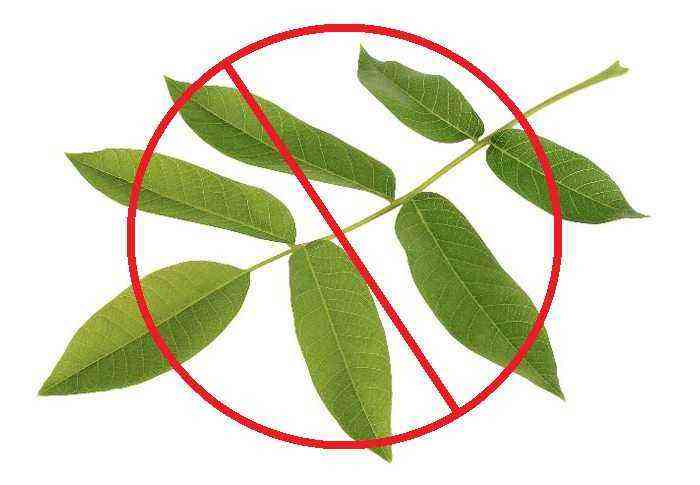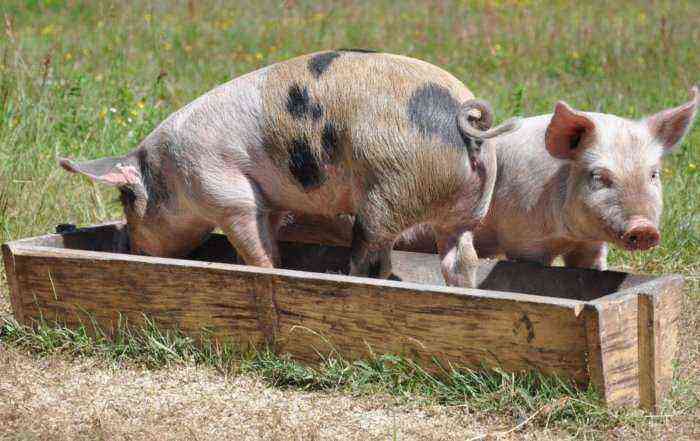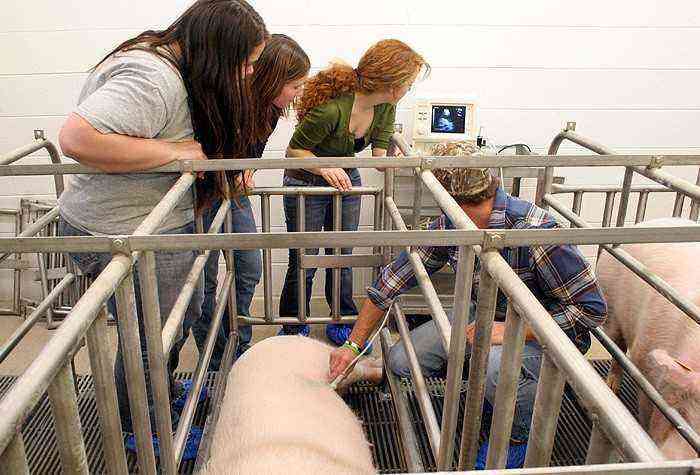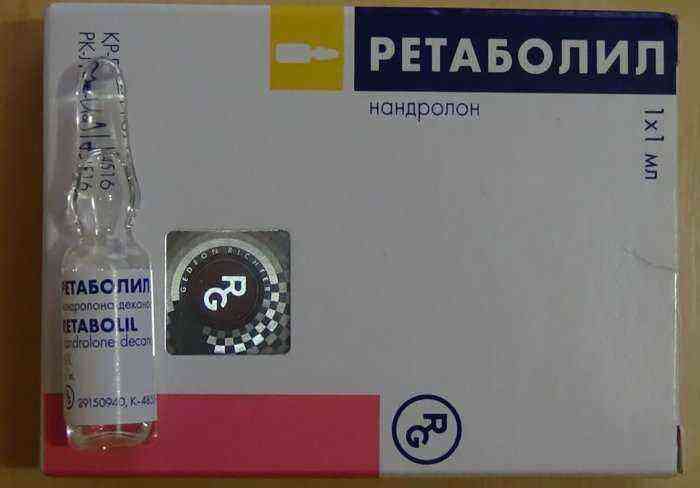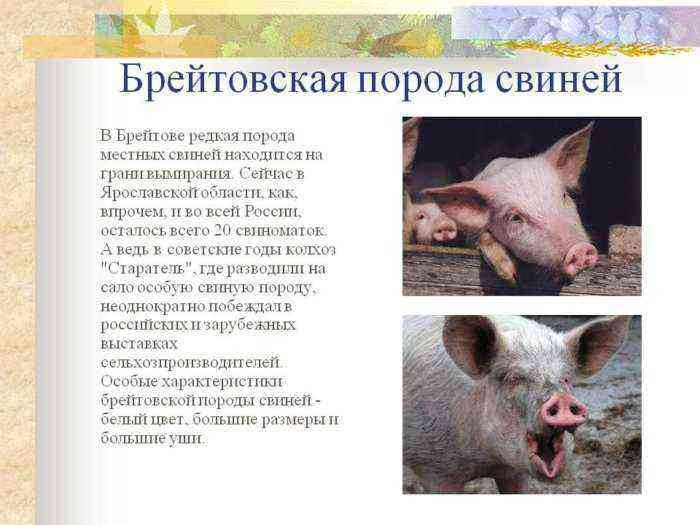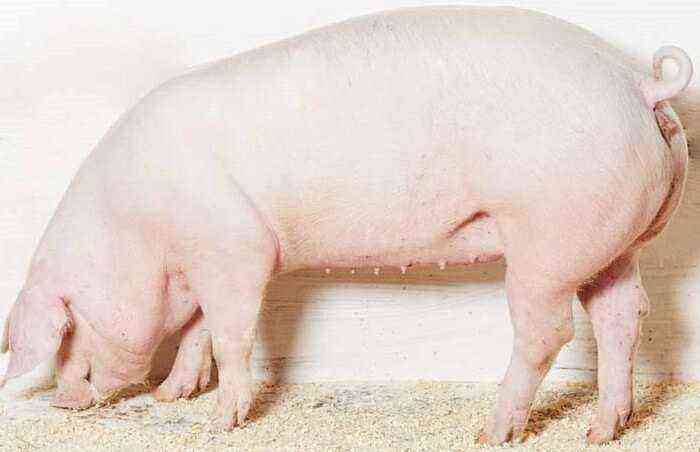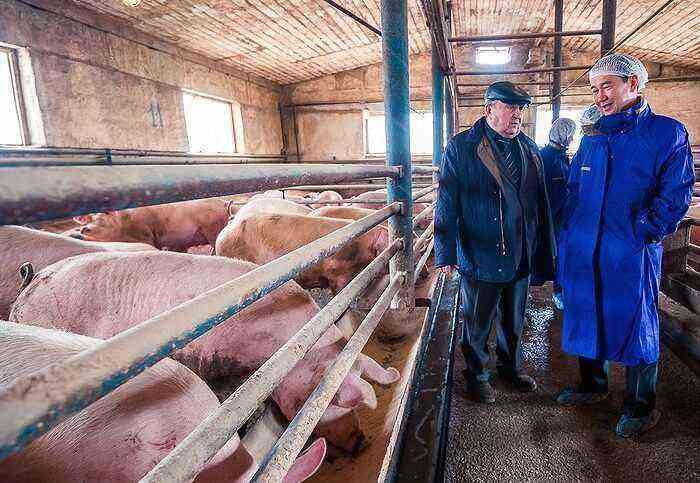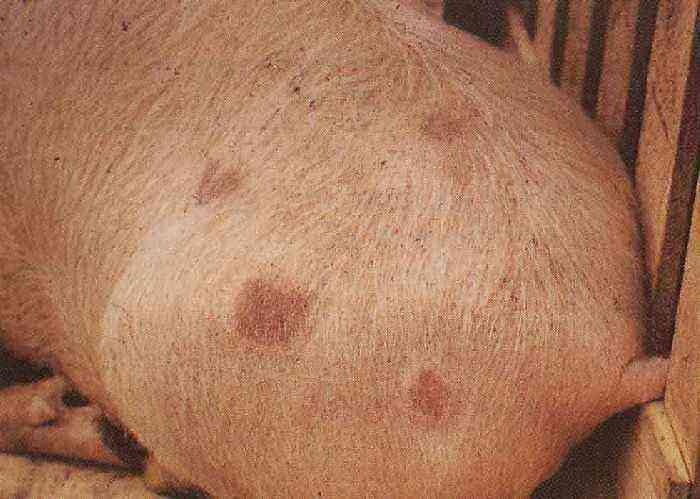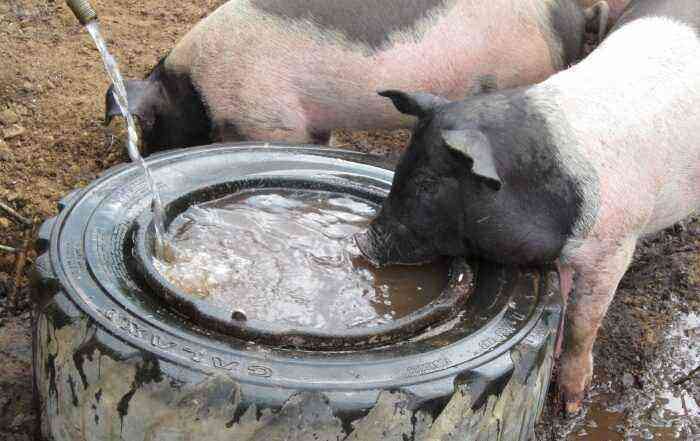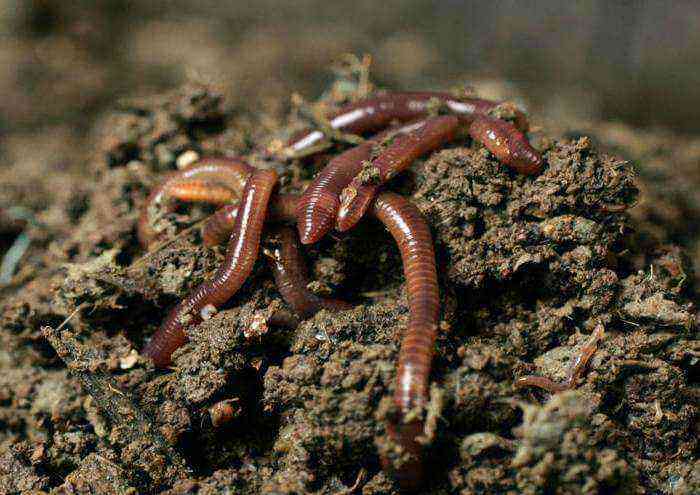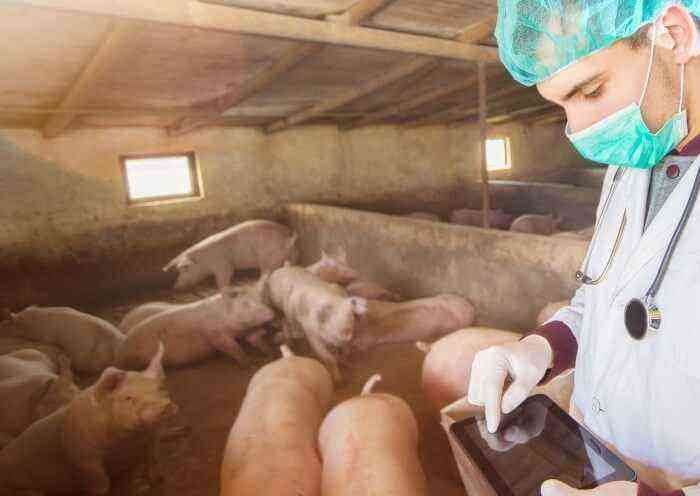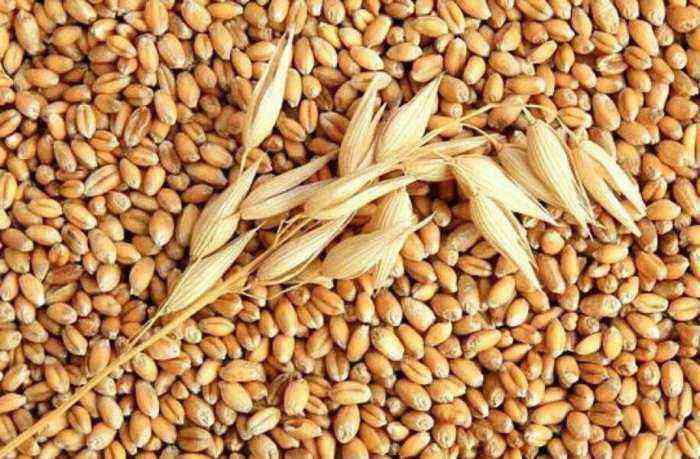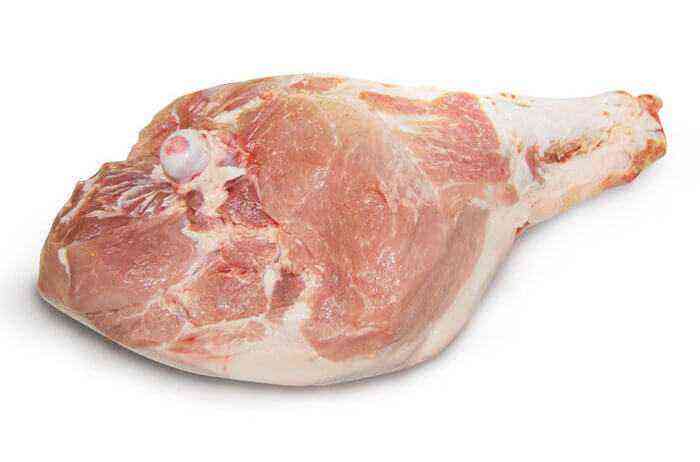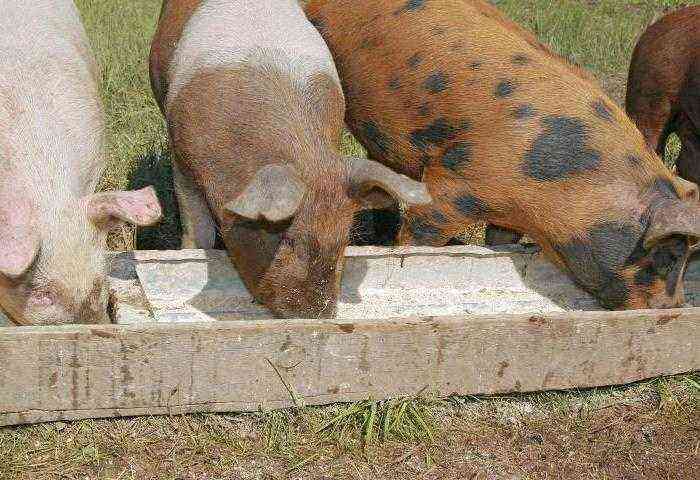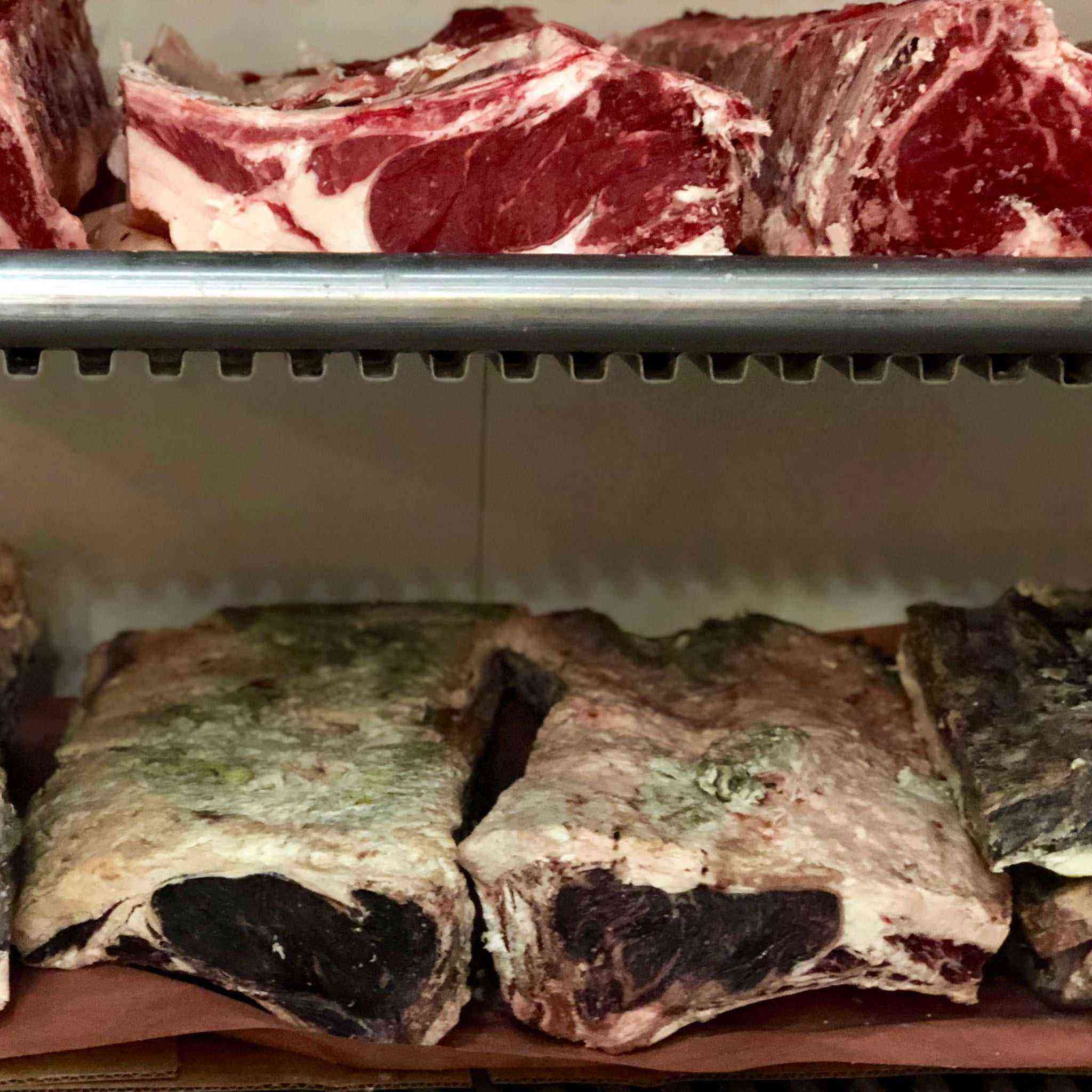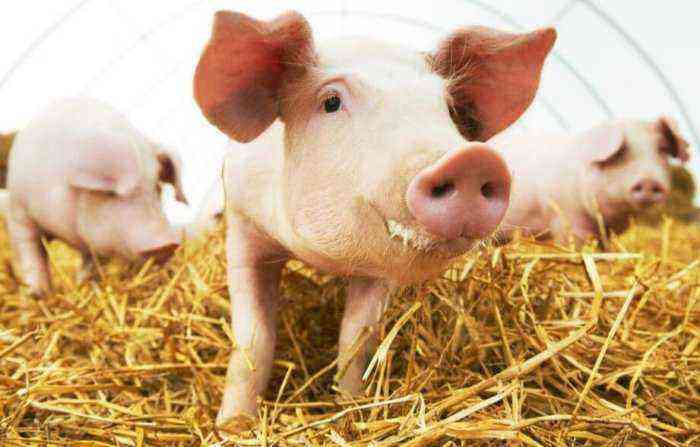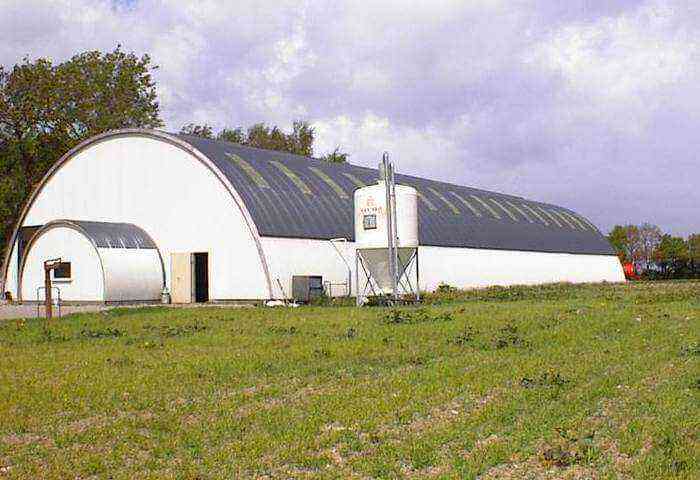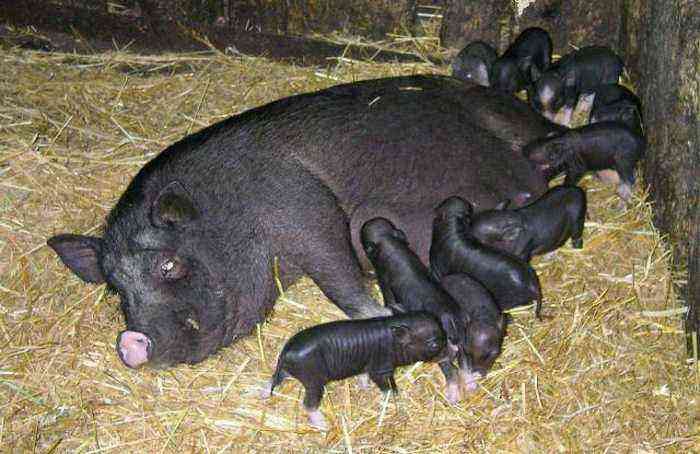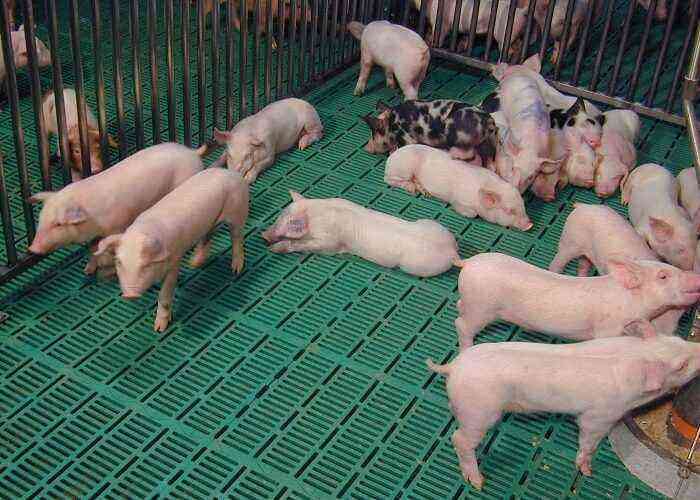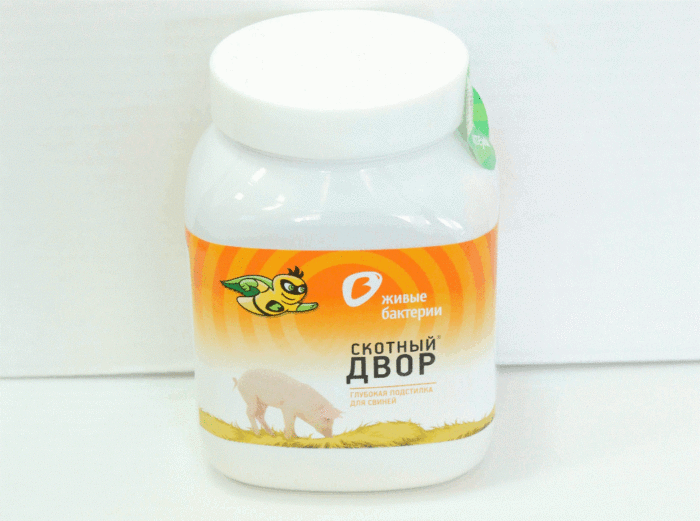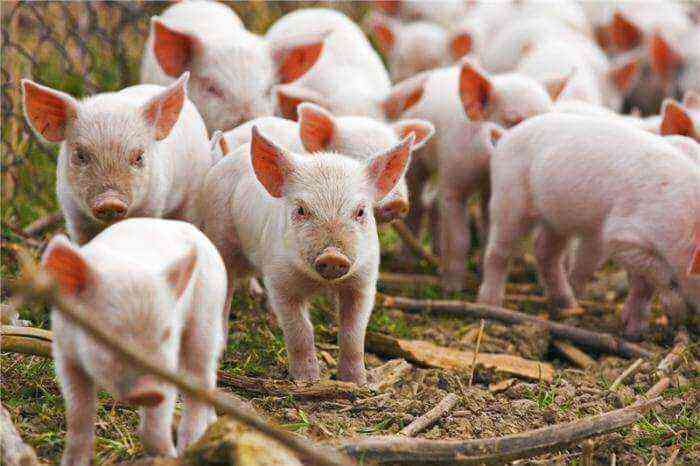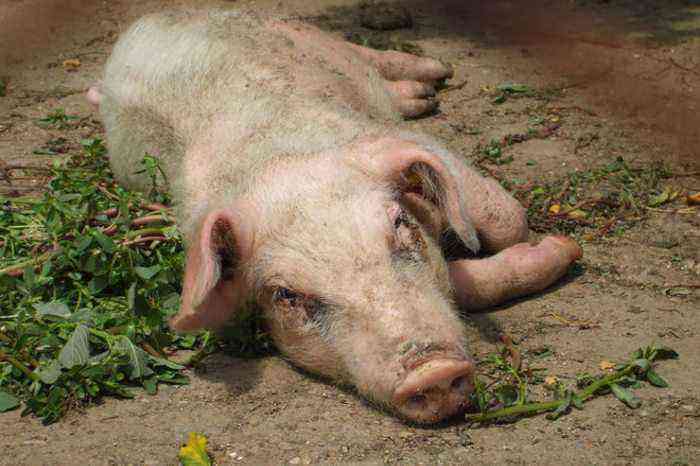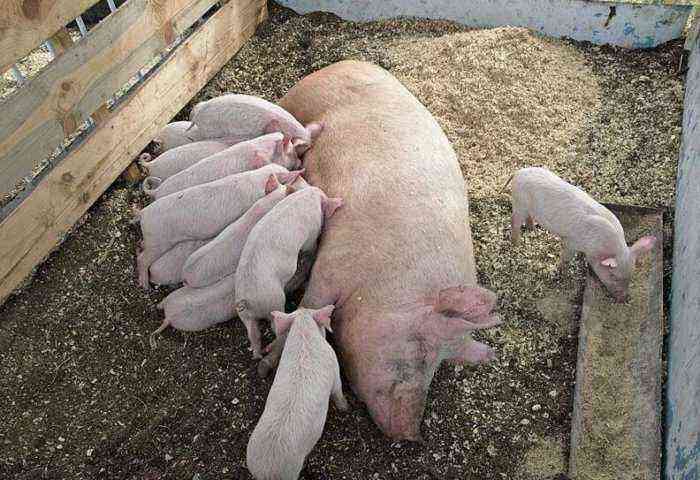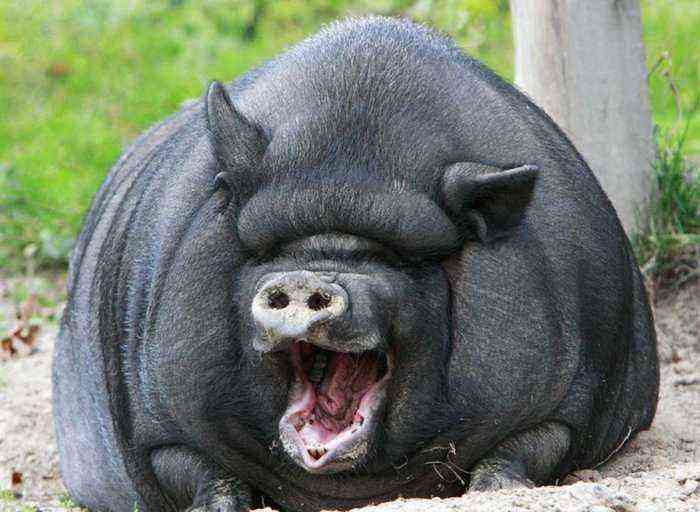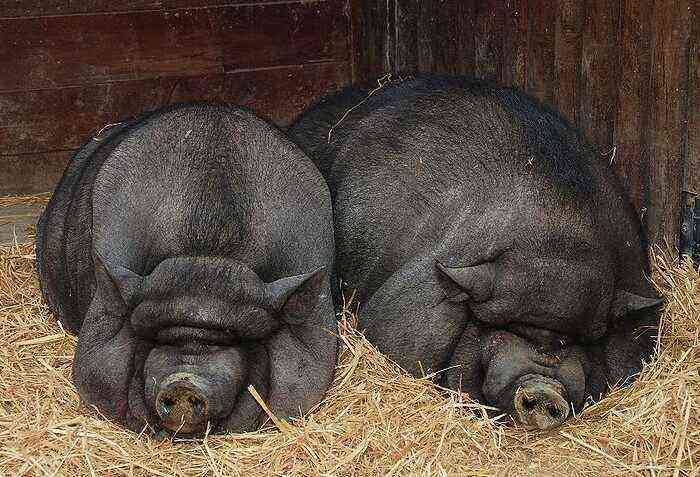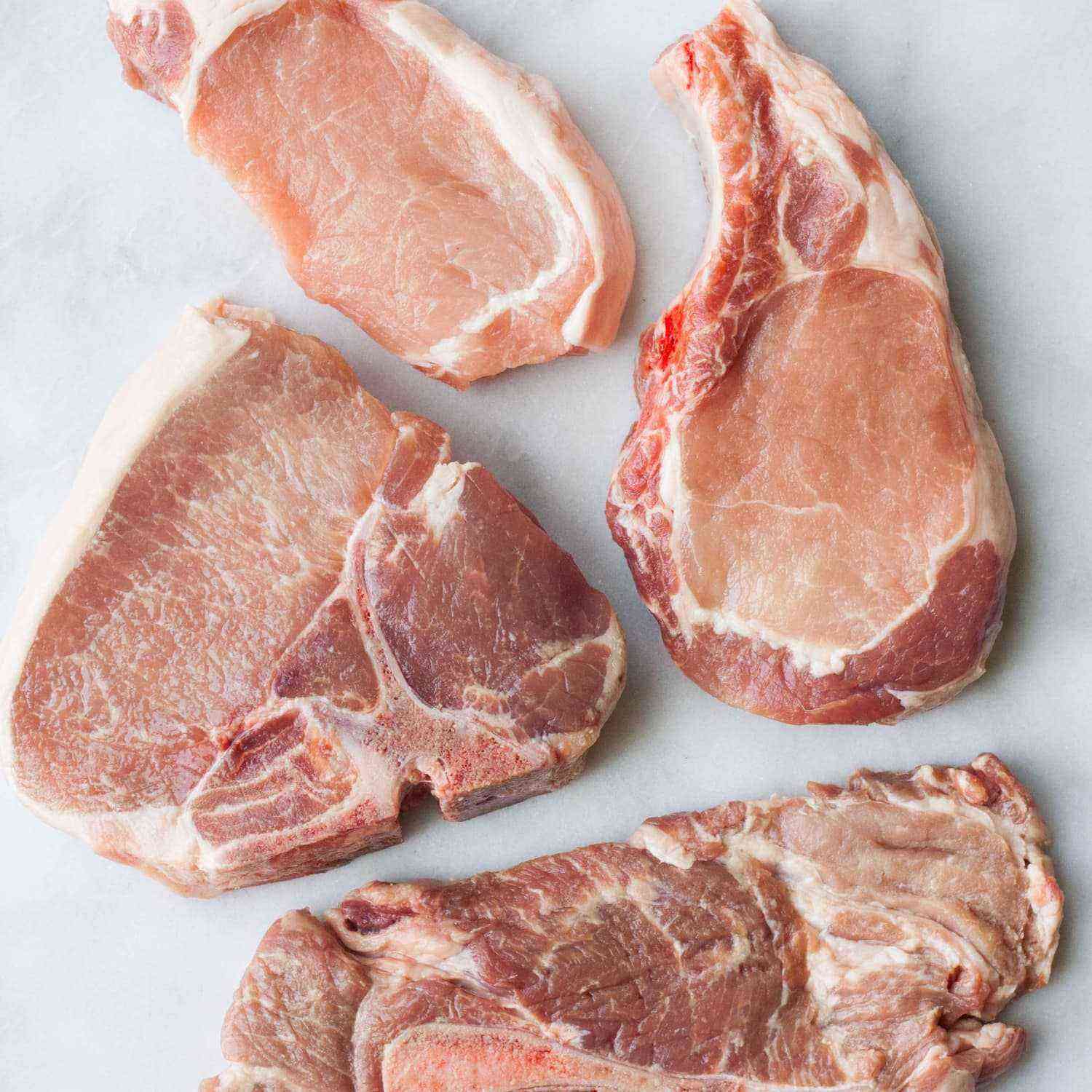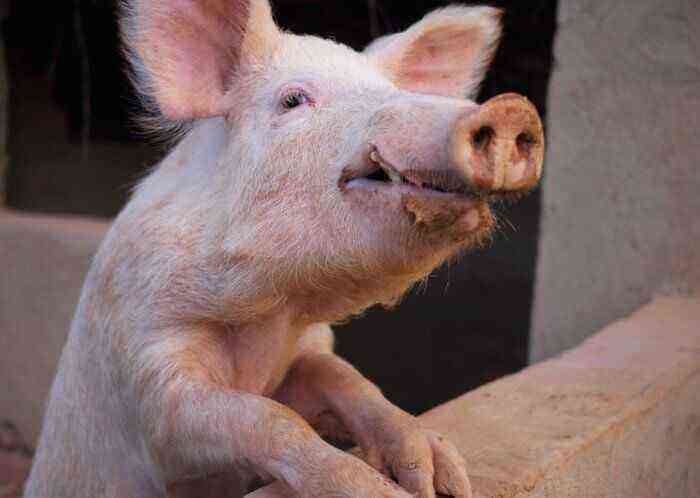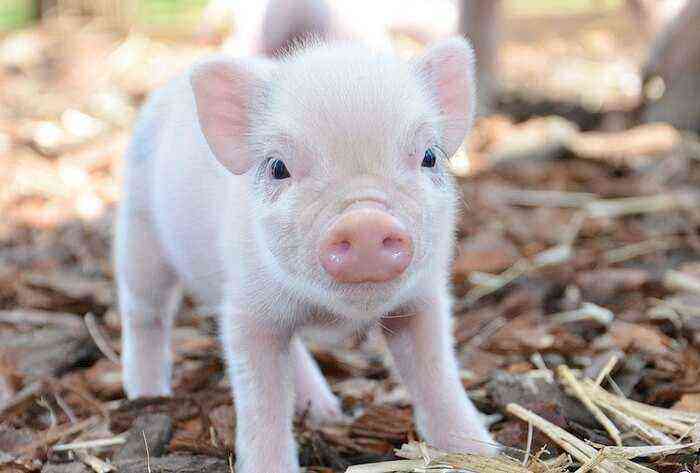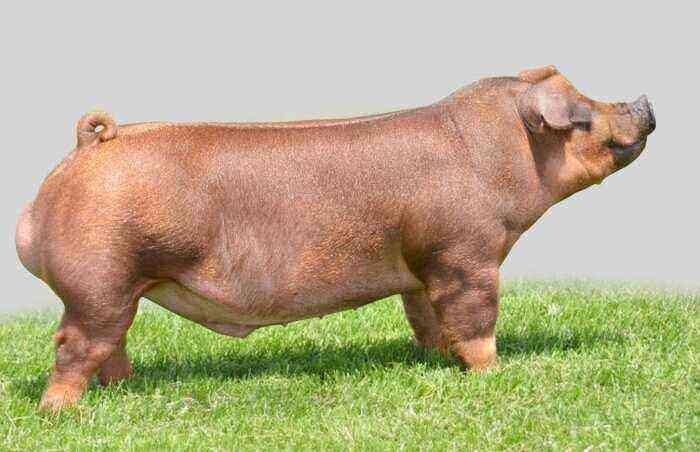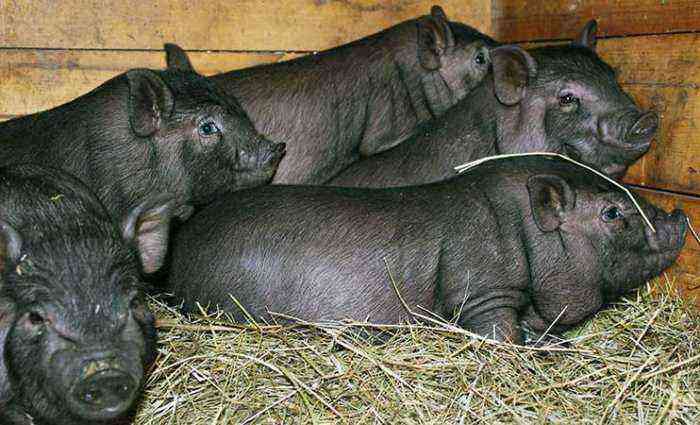Infectious atrophic rhinitis of pigs is a particular danger to young animals. Newborn piglets and weaners are more affected by this virus. The disease manifests itself as an ordinary runny nose, but in the absence of timely treatment causes irreversible changes in the bone tissues of the skull. The infection is airborne and spreads slowly, so regular outbreaks on the farm can occur over several years.
Signs of infectious atrophic rhinitis
Historical background
The disease was first recorded and described in 1829 by the German scientist Frank. Rhinitis was considered non-infectious until 1926, when Peterson made the assumption that the disease was contagious. Somewhat later, Radtke managed to prove this hypothesis experimentally. But the causative agent could not be identified.
Today the disease is spread all over the world. In Russia, the first cases in 1895 were recorded by A. Bazaryaninov. In the period from 1952 to 1962, the disease was most widespread in the territory of the former USSR.
Causes
Until now, there is no unequivocal opinion regarding the causative agent of the disease. Most biologists agree that Bordetella bronchiseptica can cause rhinitis. It is a Gram-negative non-motile rod of small size. Despite the fact that the virus “dwells” in nasal secretions, it remains stable and aggressive in the fresh air: in summer, the bacillus dies after 8 days, in autumn – after 18.
The pathogen is transmitted by airborne droplets. Since in adults the disease occurs without severe symptoms, they represent the main danger to young animals. Carriers of the virus can also be worms and rodents. The infection is characterized by low rates of spread. It will take 3 to 4 years for the disease to spread to all herds on a medium-sized farm.
Symptoms
The spread of the incubation period is relatively large, the disease can manifest itself already 3 days after infection or only a month later. Usually the course of the disease is chronic, there are also subacute, as well as asymptomatic forms. The latter is the most dangerous.
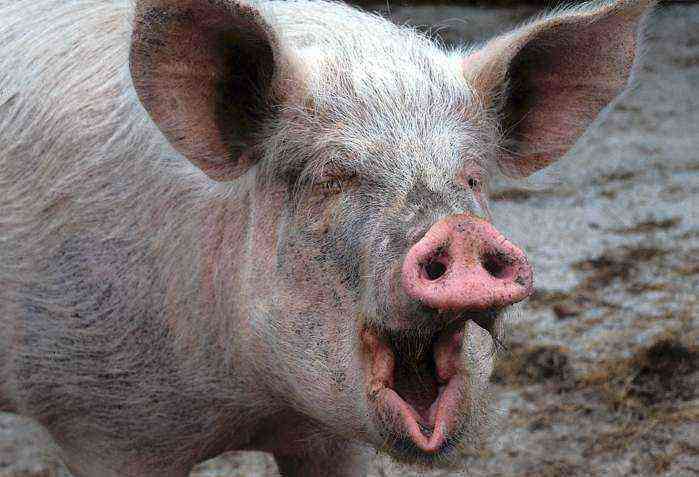
Pig sneezes
Young individuals show signs of the disease by the 7th – 10th day of life:
- frequent sneezing, runny nose, serous discharge from the nose;
- severe itching in the area of uXNUMXbuXNUMXbthe patch (pigs rub their snouts against everything);
- decreased appetite;
- blockage of the tear ducts due to swelling of the nose, the eyes are constantly watery, dark circles appear under them.
A number of associated complications are possible:
- bronchitis;
- pneumonia;
- high body temperature (usually reaches 41 degrees);
- diarrhea and significant weight loss.
There are 2 main forms of rhinitis: acute catarrhal and chronic.
Acute catarrhal:
- duration – from 2 to 3 weeks;
- incorrect bite formation (by the 2nd month of life, the lower jaw protrudes forward up to 3 cm, the upper jaw is poorly developed);
- malnutrition, general health deteriorates;
- crooked (the upper jaw is displaced to the left or to the right side), if only one nasal passage is affected;
- pug-shaped (nose rises up) if both nasal passages are affected.
Chronic:
- copious discharge of pus from the nose;
- heavy breathing;
- cough and runny nose with lumps of pus;
- asthma attacks in young animals due to large purulent clots.
Diagnostics
The basis for the diagnosis of the disease, as a rule, are epizootic indicators and clinical symptoms: visible changes in the bones of the skull, severe runny nose.
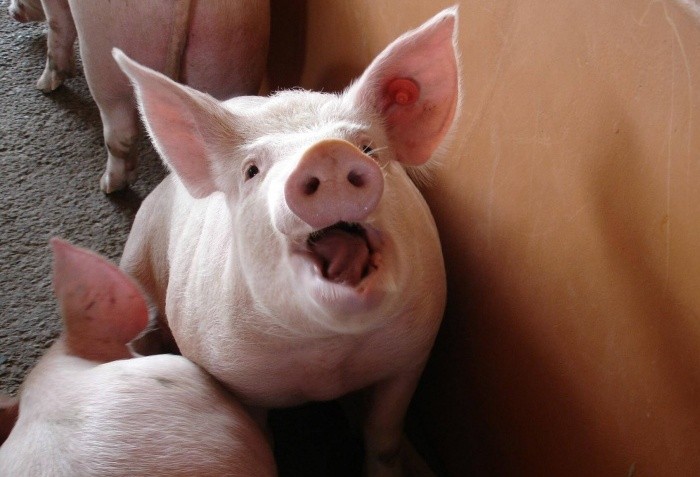
Clinical symptoms
To identify the disease in the early stages, regular careful examination of young individuals is required. It is important to check the correct bite of the incisors, as well as the abundance of discharge from the nasal mucosa and the presence of sneezing. If financial possibilities allow, an x-ray of the skull of animals can be done.
Treatment
Treatment will be effective only if the disease can be detected at an early stage. Since there is still an opportunity to stop the process of deformation of the bones of the skull, which will allow the piglet to develop normally.
It is important that the conditions for keeping piglets and the entire livestock meet all standards and be as comfortable as possible. Only in this case, the treatment will be really effective.
Most veterinarians use various general antibacterial agents. They resort to procedures for irrigating the nasal passages. Positive results are usually shown by the following drugs:
- penicillin;
- streptomycin;
- biomycin;
- some others.
In addition, piglets receive vitamins D2 and D3 in large quantities. They are administered by intramuscular injection.
The duration of treatment will depend primarily on how timely the disease was detected. Therapeutic procedures can last from 3 days to 20.
Attention! If the infection was diagnosed by pronounced external signs (curvature, pug-like), the animal is subject to culling. His treatment is not economically justified.
Prevention
Key preventive measures include the following:
- sows (3 or more farrowings) and boars (at least 2 years of age) should be properly selected for mating;
- do not allow closely related cases;
- all newly acquired individuals must be quarantined for at least 30 days;
- after farrowing, a sow newly introduced to the farms must be separated from the herd for 8 weeks;
- mandatory separate keeping of animals by age;
- timely slaughter of infected pigs with pronounced external signs of the disease;
- individuals with suspected disease, in addition to preventive treatment, should eat more intensively;
- if in farrowing part of the young is infected with rhinitis, the slaughter of the boar and sow that gave such offspring is highly desirable;
- treatment of the territory of the economy and pigsties with such solutions: caustic soda, freshly slaked lime, formaldehyde;
- deratization.
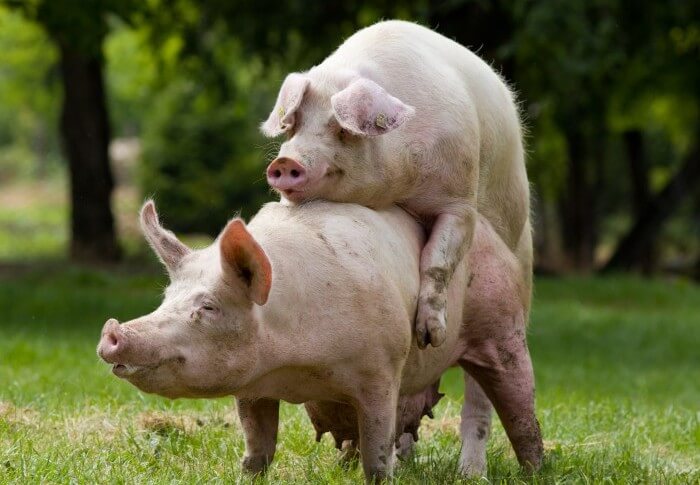
Closely related cases should not be allowed
After one year from the moment when the disease was last recorded in the herd, we can say that the infection has been completely defeated. In breeding farms, we are already talking about two-stage offspring.
Conclusion
If detected early, rhinitis will not pose a serious threat to your flock. Regular preventive measures are the basis of infection control. If the recommendations are strictly followed, treatment may not be required.
https://youtu.be/55u242axN34
